The surprising secret hidden in a pregnancy test
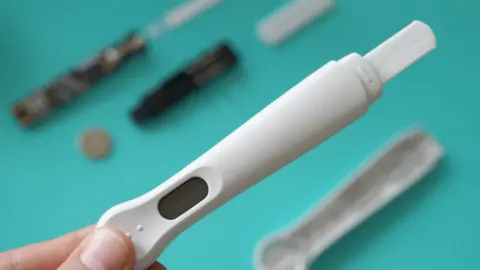 BBC
BBCA teardown of a digital pregnancy test has created a buzz after revealing it contained a standard paper test, similar to those used by GPs.
The experiment has raised questions about whether the extra cost of digital pregnancy tests is justified.
Some say the electronics give women a clearer answer but others point to the e-waste created by digital test kits.
The experiment also found the digital test contained a microprocessor more powerful than early home computers.
But the electronics themselves did not play a role in the hormone detection.
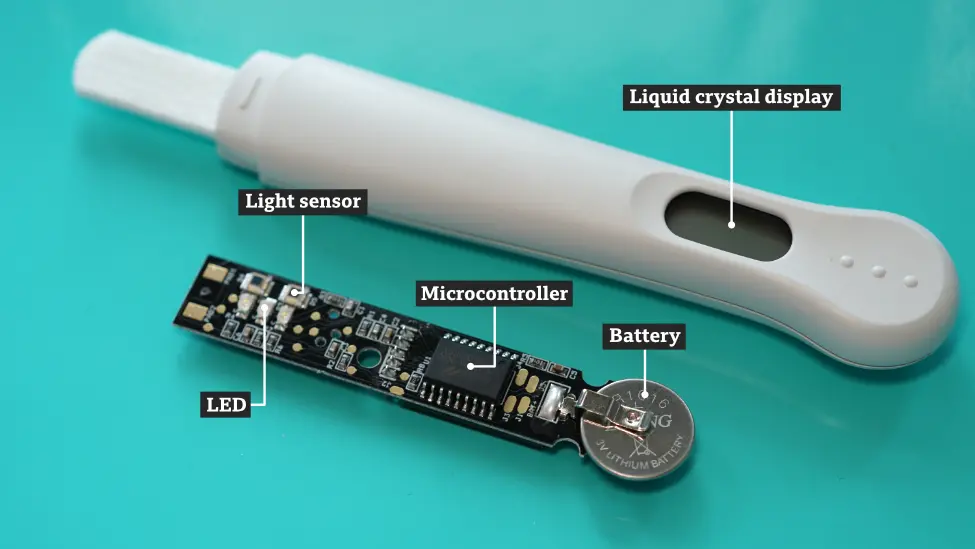
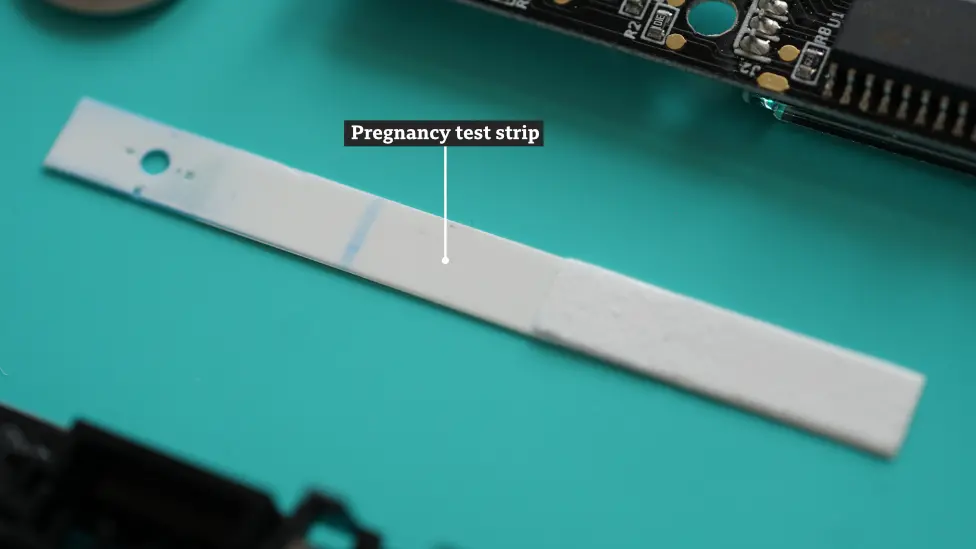

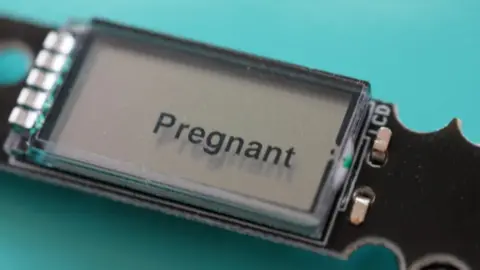
Hardware researcher Foone decided to find out what was inside a pregnancy test in response to a tweet from a man questioning whether the digital pregnancy test his wife had bought was worth the extra money.
Digital pregnancy tests that display the words "pregnant" or "not pregnant" on a screen often cost about four times as much as ones that simply provide a single or double line on a paper strip to indicate pregnancy.
For the experiment, Foone used a Walmart Equate digital pregnancy test. The inner workings are similar to those in other brands including Procter and Gamble's Clear Blue and the Boots own-brand digital pregnancy test.
Foone was surprised to find the testing element inside was basically a standard paper test.
Paper test strips detect a hormone called human chorionic gonadotropin, which is produced during pregnancy. The test strip is treated with a chemical that changes colour when the hormone is present.
The electronics simply read the result from the paper test and then displayed the "pregnant" or "not pregnant" read-out.
The circuit board featured a "surprisingly complicated chip", more powerful than the CPU used in the original IBM PC.
Foone concluded that digital tests were "probably not worth the money", given that paper strip tests can cost as little as 20 cents (15p).
"It's a scam, basically," they wrote on Twitter. "Computers are cheap now. People are buying the digital one thinking it's the more accurate fancy model, but it is the same."
However, others pointed out that paper tests could be misread and judging the result of the test was subjective.
"It is not stupid or wasteful to use a hardware interface to help women with this," said tech YouTuber Naomi Wu.
 Twitter
TwitterAssistant professor of bio-nanotechnology Vittorio Saggiomo agreed that interpreting the lines on a paper test could vary from person to person.
"I can see a faint line, another person doesn't see anything," he said.
Another user added: "The information you are supposed to get out of it is literally life-altering. You don't want to guess the outcome, or have to re-read the manual 10 times to know how to interpret a faint line. I'd happily pay a few euros more."
Tech journalist Kate Bevan described it as a fascinating experiment but questioned whether the digital tests were creating unnecessary e-waste.
 Twitter
TwitterTaking pregnancy tests apart appears to be a fairly frequent phenomenon on Twitter.
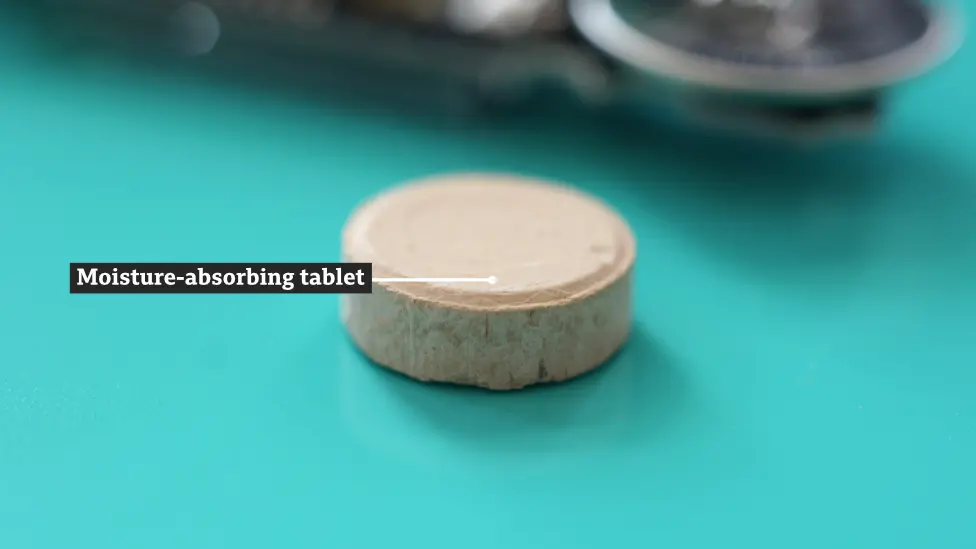
Also contained within the test is a moisture-absorbing tablet, to keep the circuitry dry before it is used.
It has been incorrectly suggested on social media that this is an emergency contraceptive pill hidden inside the test.
One video suggesting this has been viewed 4.5 million times on Twitter.
In fact, the moisture-absorbing tablet is toxic and should not be eaten.
